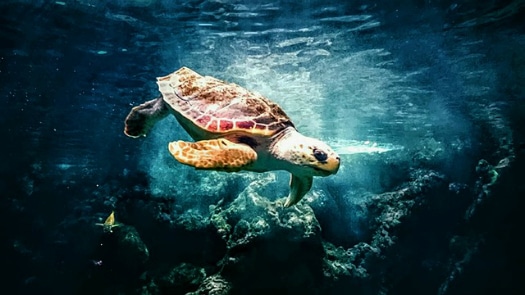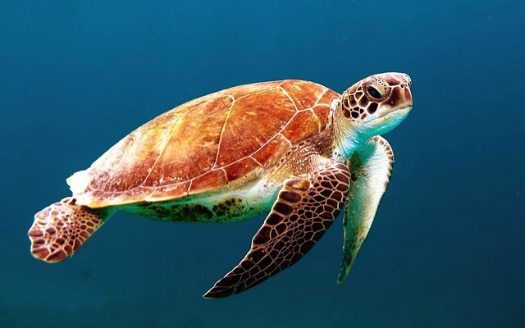
Contents
We’ve long maintained how fantastic our Atlantic is. And scientists have backed us up with a recent study. As marine biologists announced on the 1st August 2016 how the Canarian ocean paradise acts as a pre school for sea turtles.
Following turtle like on related events such as Terri and Olivia returning to Canarian waters after being washed ashore in the not so sub-tropical Channel Islands comes news of a collaborative study between Spanish and British universities. Demonstrating how North Atlantic turtles use the area around the Canaries as somewhere to grow and mature into adulthood. Researchers from the University of Exeter University and the Universidad de Las Palmas de Gran Canaria planted GPS trackers on 24 loggerhead sea turtles between 1999 and 2009, following their habits for periods lasting from a month up to three years.
- Sea turtles: going the distance
- Sea turtles: deep deep down
- Sea turtles: the recovery position
1. Sea turtles: going the distance
Thanks to the turtles being tailed, so to speak, they were observed to have travelled up to a distance of 4,307 kilometres (2,6756 miles). 87.5% remained south of the Spanish mainland but north of Africa’s Cape Verde islands. The other three were more adventurous, returning to the Americas; two to the West Indies and another one via the less conventional route of Terranova.
Turtle on the go
Go, turtle, go!
Turtle in the ocean
See turtle
Turtle
Turtle off bay
Swimming turtle
Turtle islands
2. Sea turtles: deep deep down
Unsurprisingly, given the fact they’re marine creatures, these turtles spend the majority of their existence in non-shallow ocean water. However, the study revealed turtles would only dive for six minutes at a time. And then only to depths of up to six metres.
3. Sea turtles: the recovery position
The study concluded that the Canary Islands, including coastal Gran Canaria, were an essential location to prepare junior turtles for their return trip across the ocean. Marine biologists from both universities urged steps be taken to protect the area. Otherwise the threat of extinction would become a reality.



